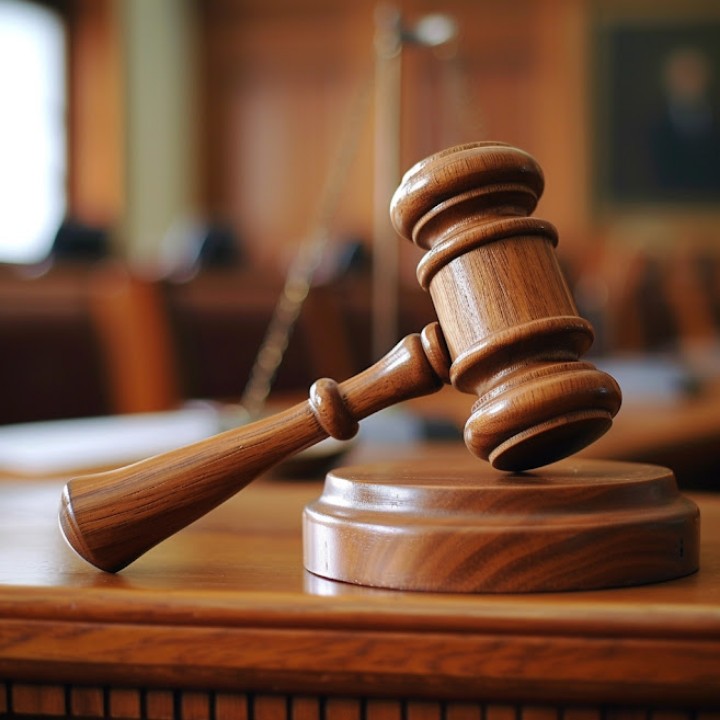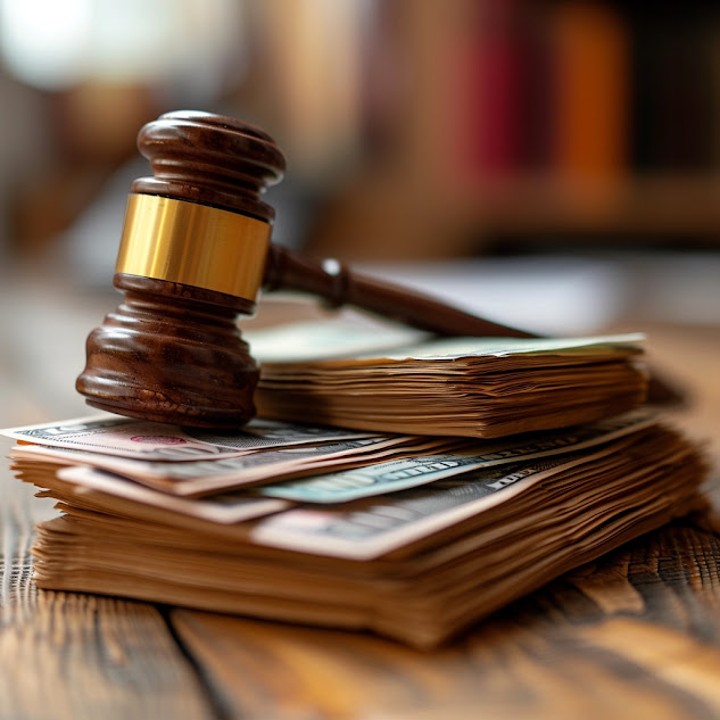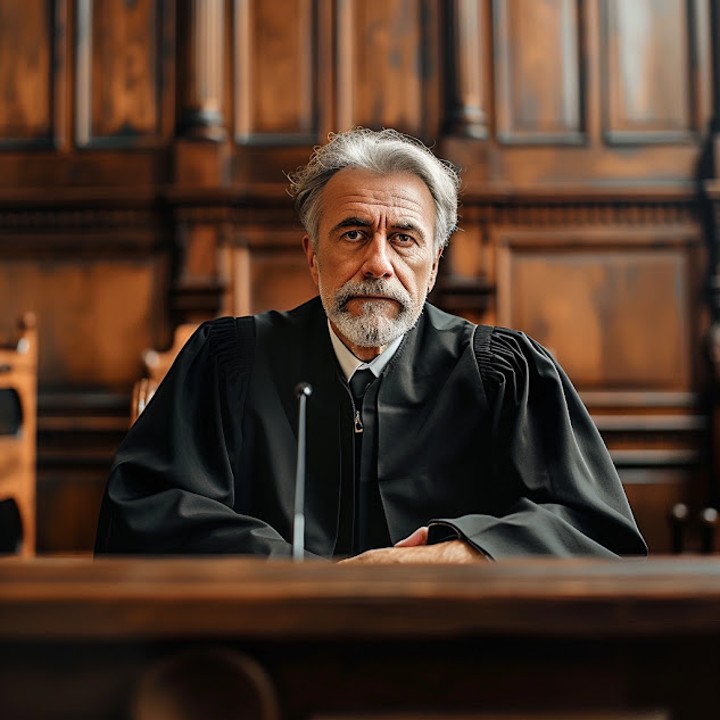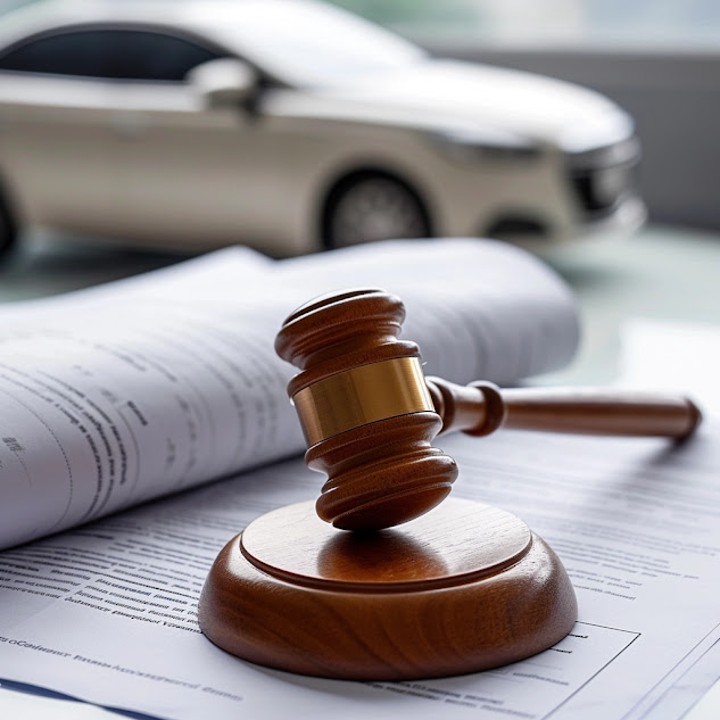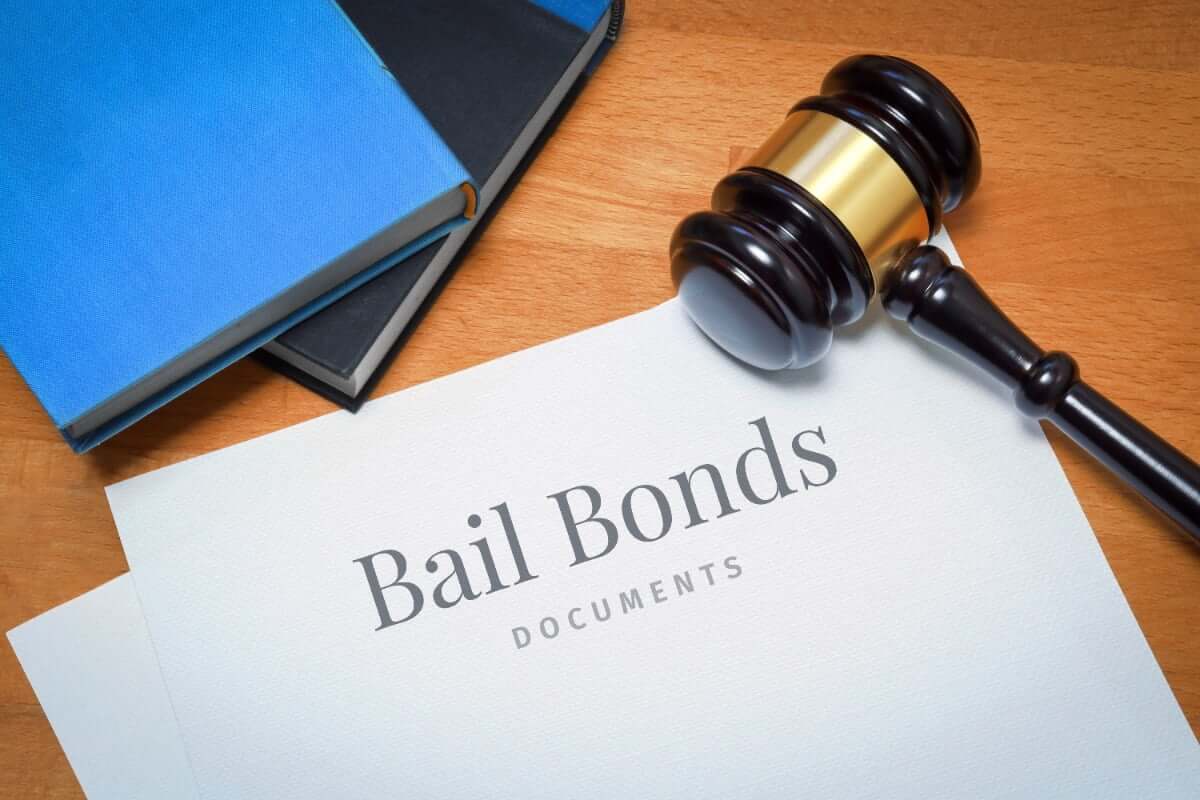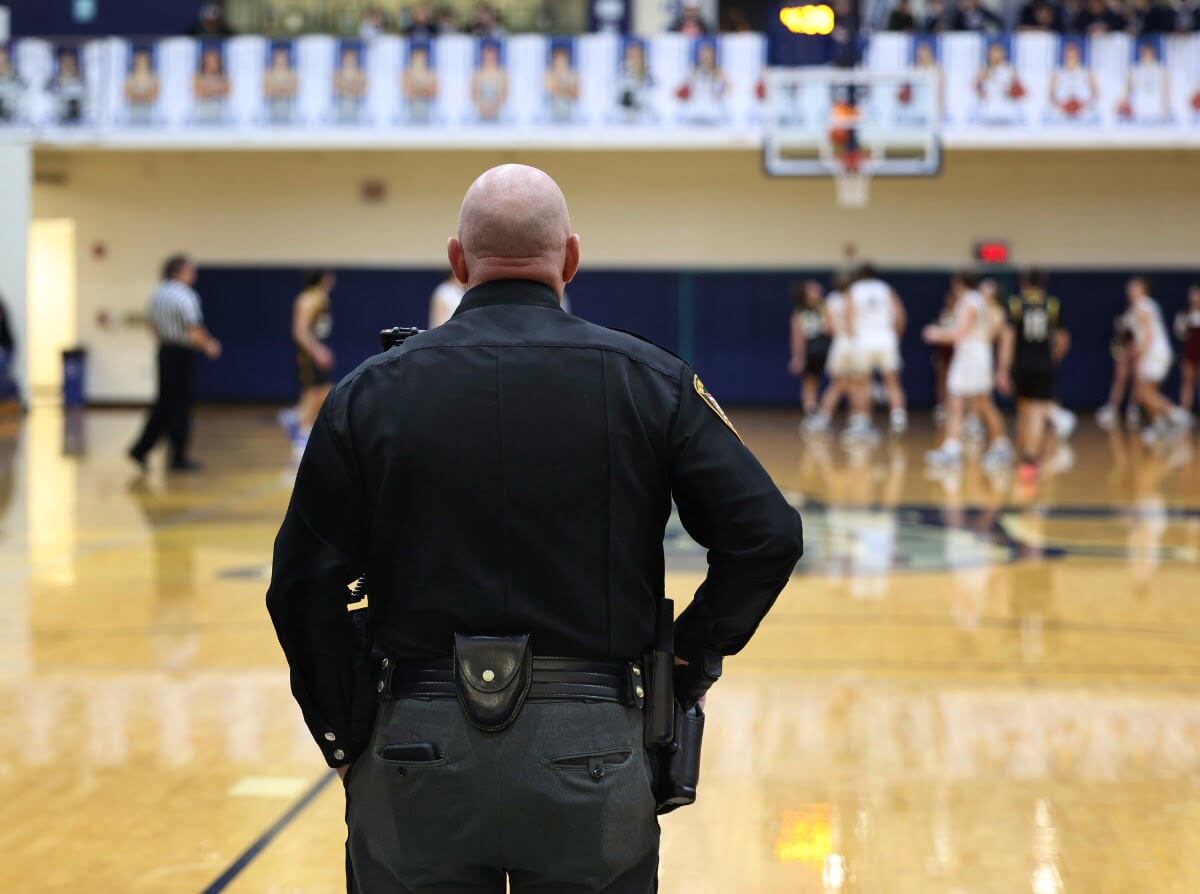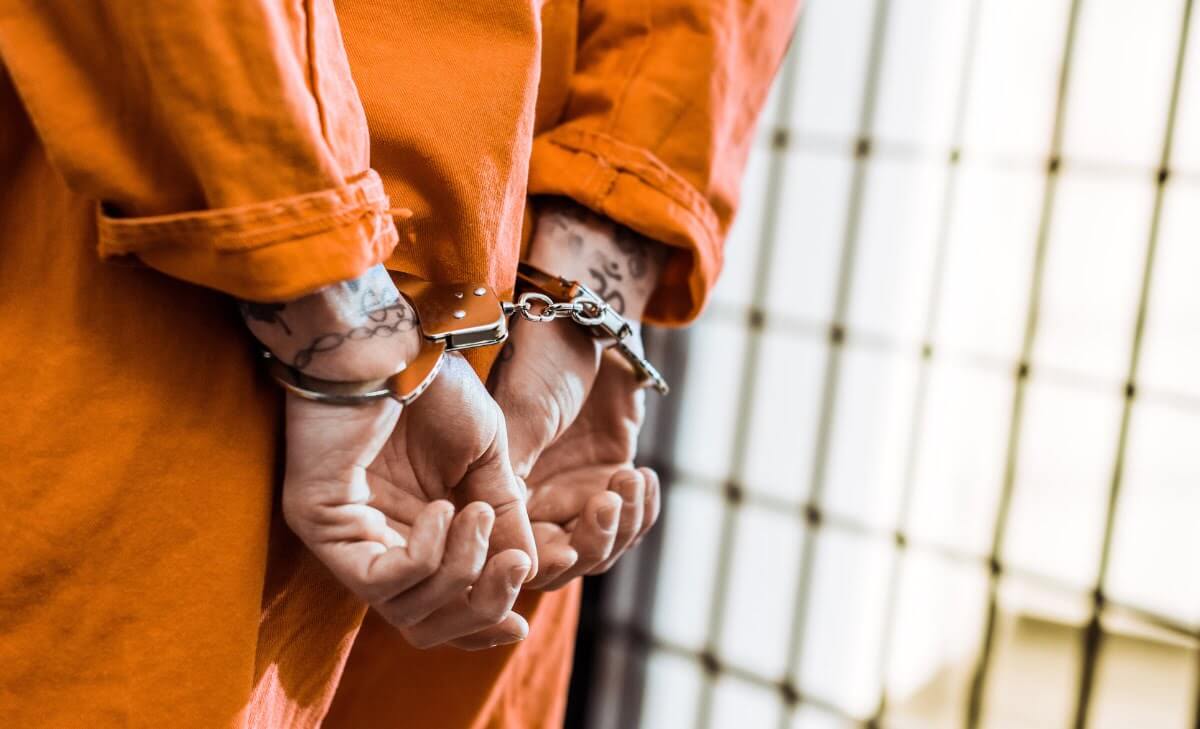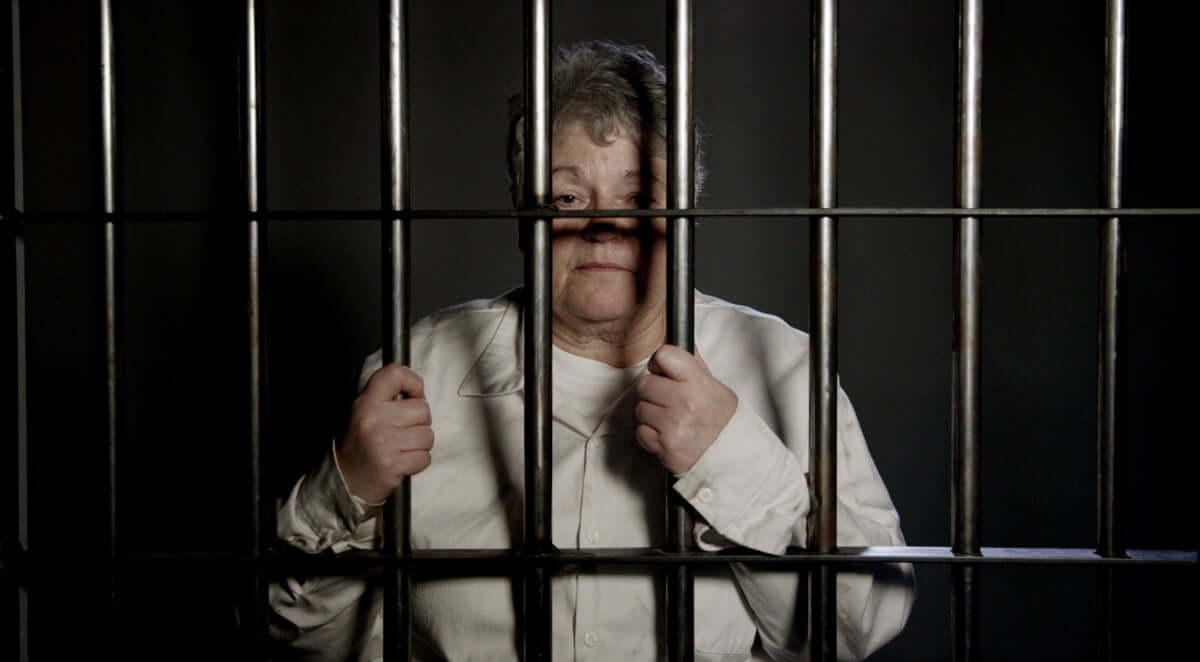The Enduring Legacy of Bail Bonds: Tracing Back the Centuries
Bail bonds have a storied history that spans several centuries, reflecting the evolving legal and social attitudes towards justice and pretrial detention. This article seeks to uncover the origins of bail bonds, chart their development through time, and consider their future in light of contemporary debates and reforms.
Early Beginnings of Bail
The concept of bail predates modern legal systems, with roots in ancient societies. Ancient Rome, for instance, had mechanisms allowing accused individuals to gain their freedom through sureties—persons who agreed to pay a sum if the accused failed to appear in court. This foundational idea set the stage for the formal bail systems that would develop in medieval Europe.
Medieval England’s Influence
England played a pivotal role in the evolution of bail, with several landmark statutes formalizing the practice in the medieval period. The Statutes of Westminster, enacted in the 13th century, are particularly notable for laying down laws that governed the release of accused individuals on bail. These laws influenced not only England but also its colonies.
Bail Bonds in Colonial America
In Colonial America, the English system of bail was adapted and integrated into the new legal frameworks. The Judiciary Act of 1789, one of the earliest pieces of legislation passed by the United States Congress, established the practice of bail in federal cases, marking a significant moment in the history of American jurisprudence.
The 19th Century to Modern Day
The 19th century saw the emergence of the commercial bail bonds system in the United States, a unique development in the global history of bail. This system, where bail bondsmen provide a guarantee to the court for the defendant’s appearance in exchange for a fee, has been subject to both regulation and criticism over the years.
Global Perspectives on Bail
Looking beyond the United States, the approach to bail varies widely. Some countries have systems similar to the American model, while others have abolished commercial bail bonds altogether, preferring other methods of ensuring court appearances.
The Future of Bail Bonds
As we look to the future, technological advances and shifting societal values promise to shape the evolution of bail bonds. Proposals for reform continue to be debated, with a focus on ensuring fairness in the judicial process while maintaining public safety.
Conclusion
The history of bail bonds is a testament to the enduring need for systems that balance the rights of individuals against the interests of society. As this institution continues to evolve, its future will likely be marked by efforts to refine and improve upon centuries-old practices, ensuring justice and equity for all involved.
